My Bio
Name: Mr. / Girgis
Position : Education Researcher
E-Mail:
girgishanna027@gmail.com
My Blog Links
https://mrgirgis.blogspot.com/
Click below:
to go to any of my Blog post
pages you like to go through:
10--Internet-based learning By; / Mr. Girgis
7-Education By : / Mr. Girgis
6-Education System By : / Mr. Girgis
4-Teaching Approaches By : / Mr. / Girgis
3-My Education Blog By : / Mr. /
Girgis
2-Project-based learning By : / Mr. /
Girgis
1-Guest post guidelines By : / Mr. Girgis.
Methods for teaching
Mr. / Girgis
PPP
Method of Teaching
English

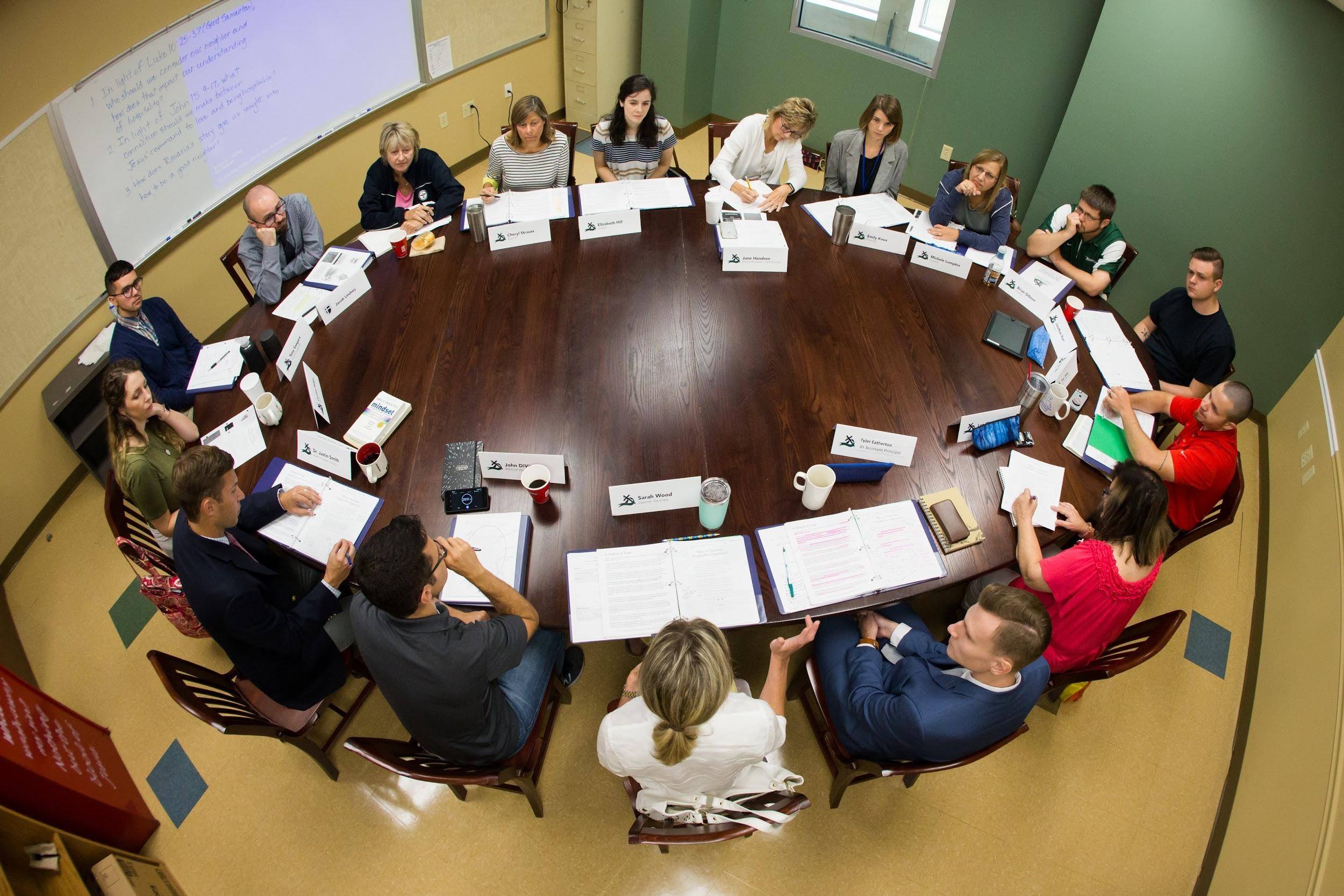

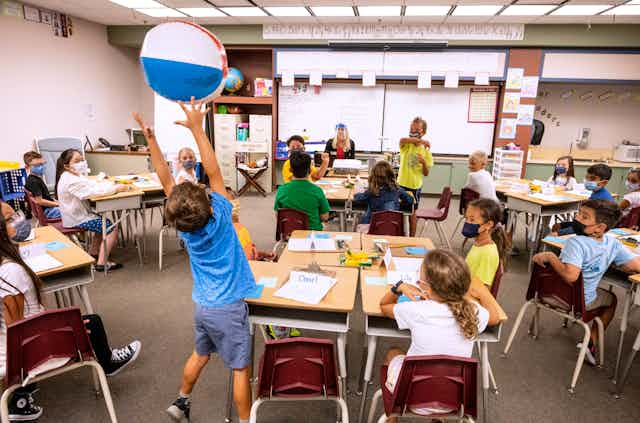

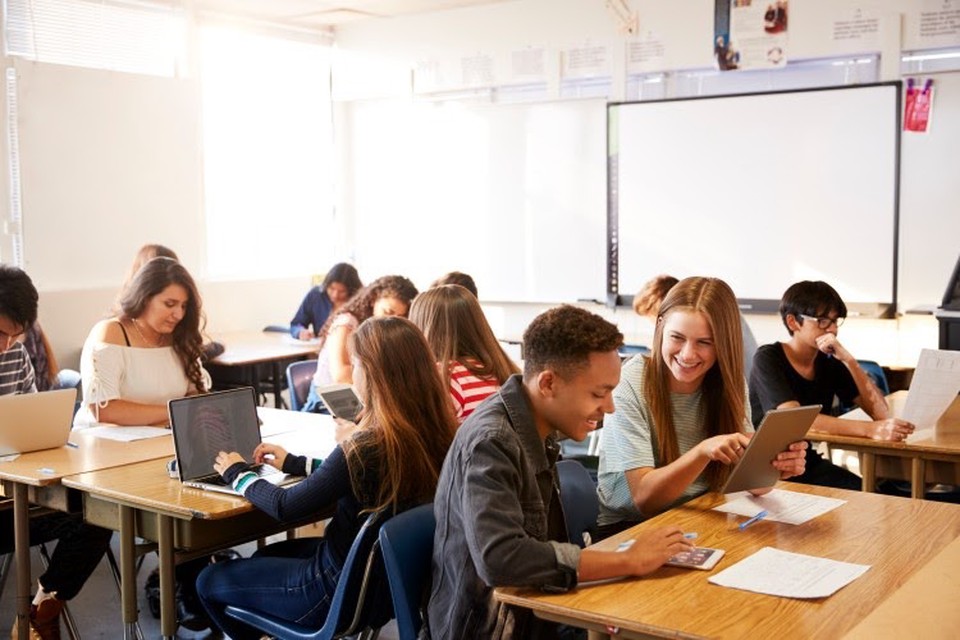
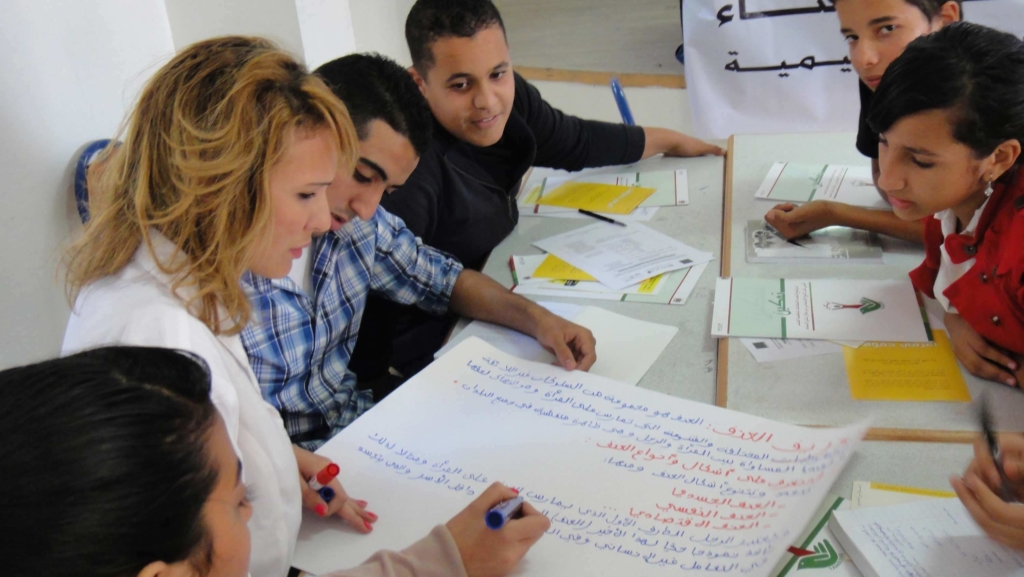

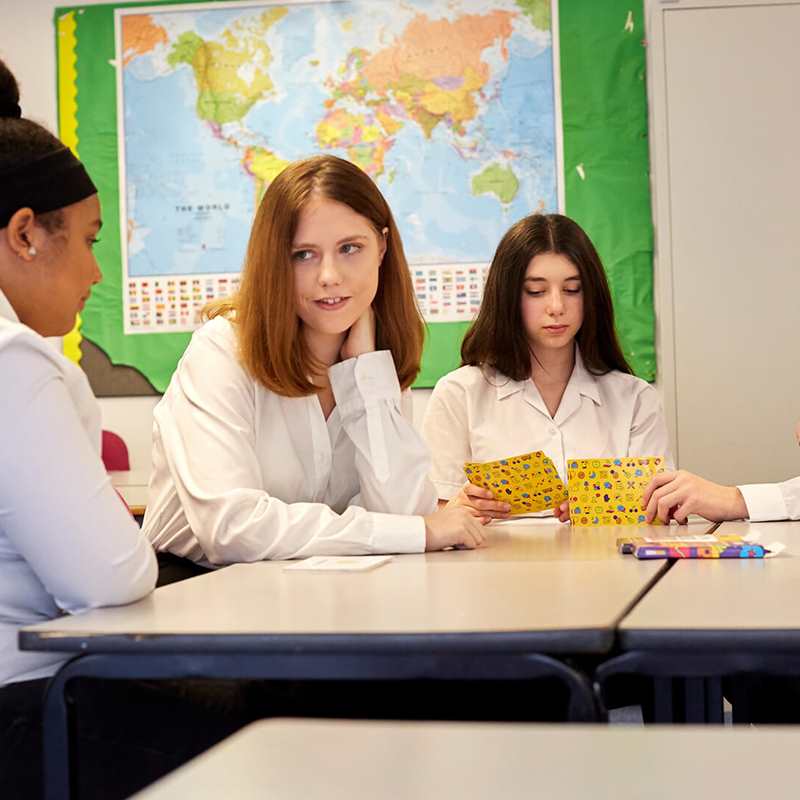


No comments:
Post a Comment